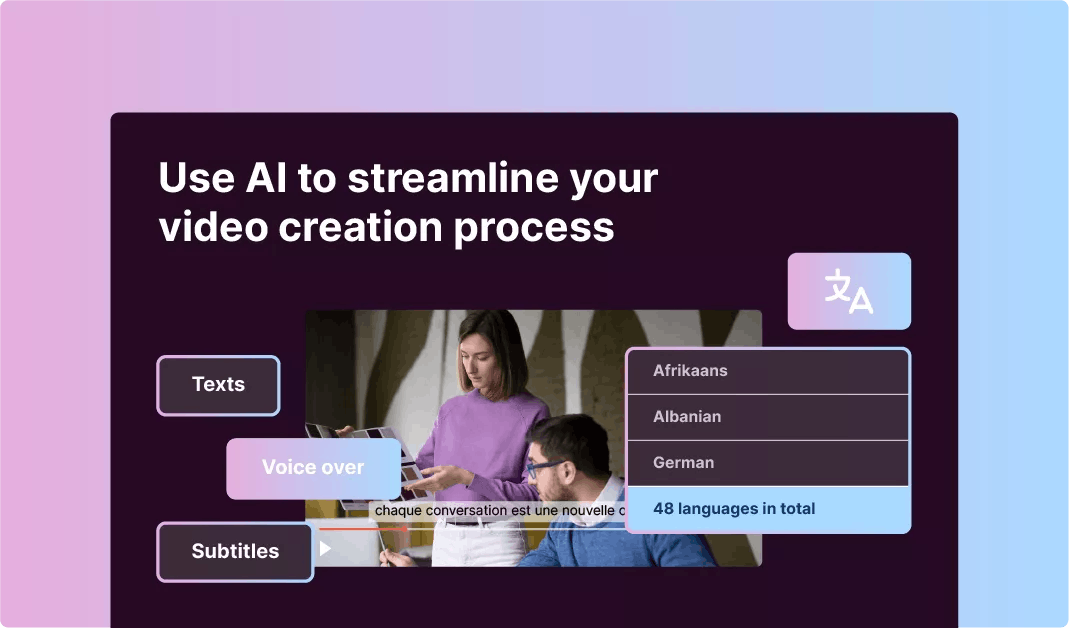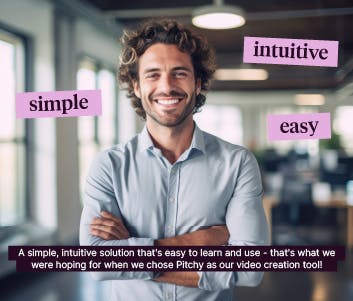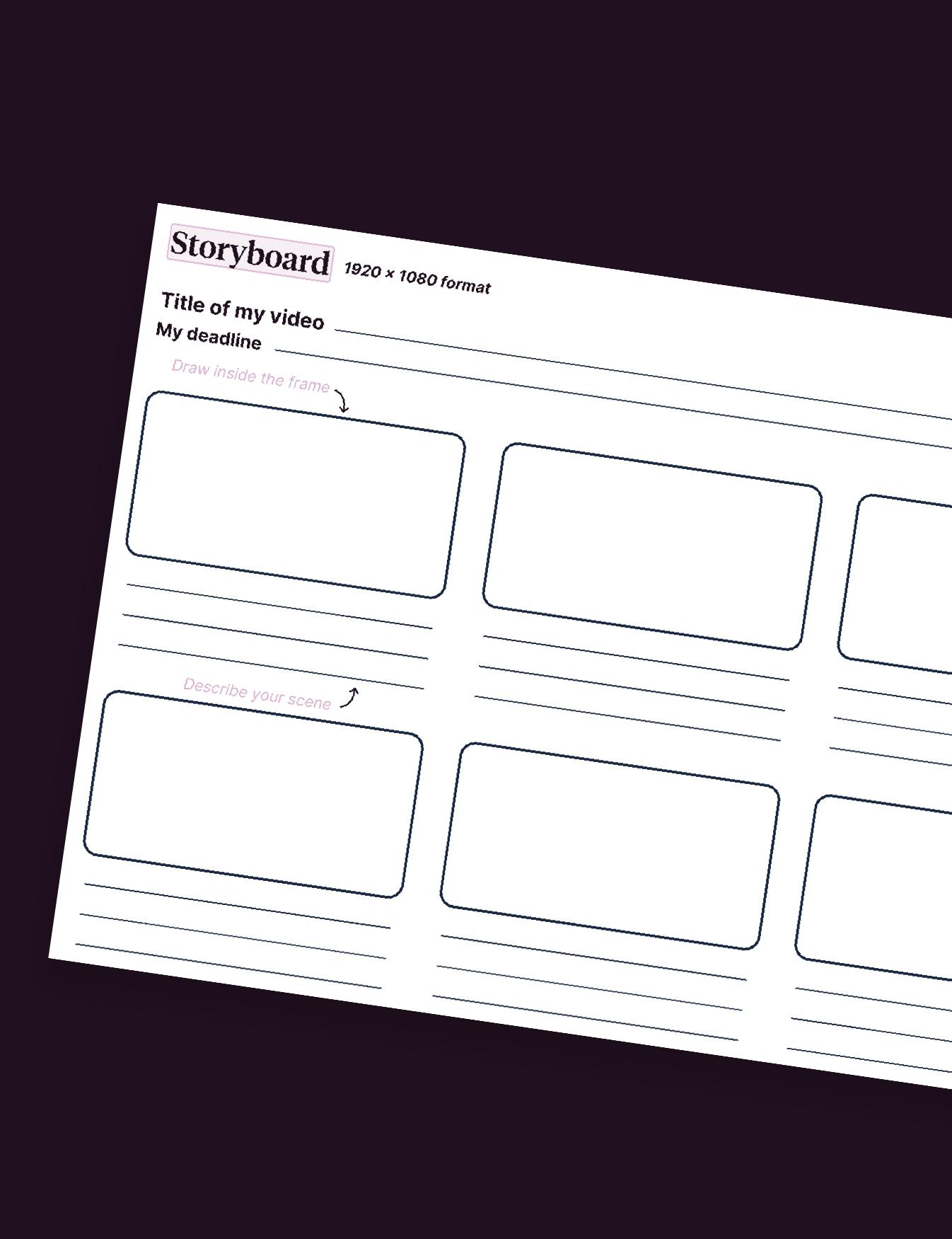[DECODING] Video as the cornerstone of training
![[DECODING] Video as the cornerstone of training](https://images.prismic.io/pitchy/MGIwODZiNzQtZDM1Yy00ZjljLTkwMzktNjFmNzljYWYwMjlh_zfgilkmnsf2shiqg_decoding-video-as-the-cornerstone-of-training_meta-image.jpgautoformatcompress?auto=compress%2Cformat&rect=0%2C0%2C1024%2C770&w=2048&fit=max)
Beyond the classic MOOCs and SPOCs, video has diversified in the world of training with the video tutorial boom, the popularisation of micro-learning, feedback video interviews, etc., making this medium an essential tool for meeting all your training needs. Video can be used effectively in each stage of your training plans. Depending on the training diagnosis, you will be using video at the best time for the participant to fully benefit from the qualities of the format. Below is a list of the 5 training methods that can be used to integrate video into your training plan.
A communication tool for training and promoting the employer brand
Need to announce a new training programme? Or train all of your teams before the launch of a new standard? Before, during, and after training, video plays a major role in engaging audiences. Use a teaser video to present your training programme to promote your employer brand while improving your employee experience. Don’t limit your use of video to training materials. You can also use it to inform, bring people together and engage employees in your training plans.
A medium that promotes autonomy
Today, video can enhance all training programmes, because it’s a readily accessible format. As a result, video promotes autonomous learning. For new employees, video training allows them to train independently and at their own pace. It provides flexibility and stimulation to training programmes. This format strengthens the motivation of learners with the diversity of media used.
A medium for preserving and sharing knowledge in your business
Video can be used to share professional know-how within your company. Archived and readily available videos can be an invaluable contribution to knowledge management for all of your employees. The format is also suitable for updating information quickly as needed. So it provides up-to-date content that is always relevant to your employees. The future trend of social video learning Another positive development for the employee experience is that now everyone can produce videos. The use of video has now become more accessible in two ways. Employees can create more and more content and share it with as many people as possible.
So video can be used to develop social learning, which will be a strong training trend in the years to come. In other words, video learning will further engage learners in their training by allowing them to become “producers of video resources”. The goal is to implement truly collaborative social learning, to develop peer-to-peer learning and to advance new forms of mentorship through video.
A tool of choice for blended learning
Blended learning is a learning formula in which the participant is required to study the topic of in-person workshops beforehand. In a blended learning course, video content can break down a complex subject and raise awareness of a topic before an in-person training session. This type of video can serve as observational material and is often used for learning soft skills so that learners can analyse the video and picture themselves in a situation. When used as part of a short training programme on a new process, an explanatory video illustrates what needs to be done. In this case, it will be the only training medium used. An assessment in “simulation” mode is conducted at the end of the course to confirm that the video content has been absorbed.
Resources













